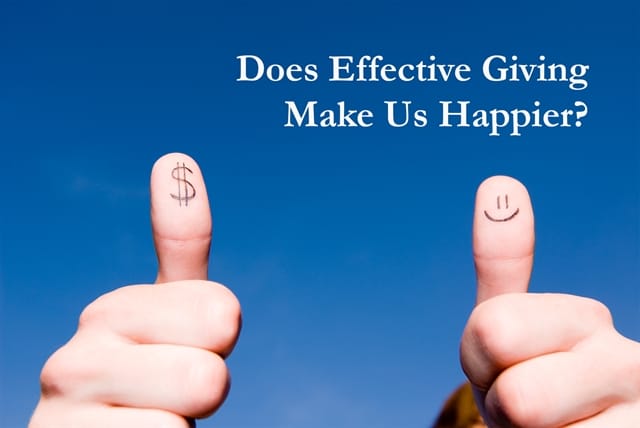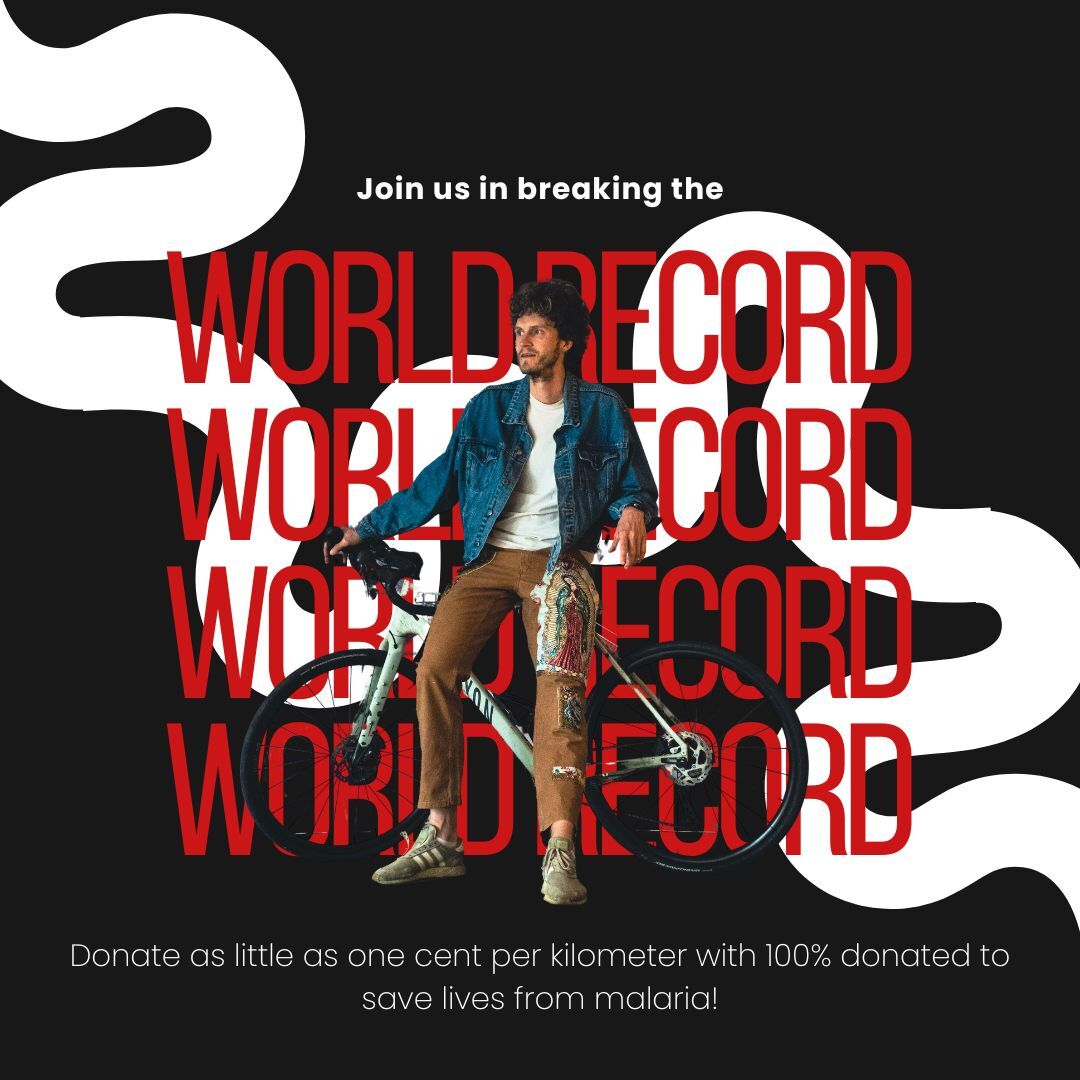In the effective giving community, happiness is a hot topic.
Effective givers aren’t just excited about giving to make others happy. They’re also excited about the possibility that giving might in fact help themselves and their families live more robust, meaningful, and happier lives.
I count myself among these people. When I began to evaluate how I could harness my desire to help the global poor in a focused way, I found that my efforts had the unexpected effect of increasing my own sense of satisfaction and wellbeing.
Happiness and effective altruism
The effective giving community includes a sizable number of very happy people.
Last fall, Jon Behar, our COO and director of philanthropy education, presented exciting new research showing that giving can play a key role in the cultivation of happiness and personal wellbeing. And in a 2012 TedTalk that has since been watched over a million times, Peter Singer describes several individuals—including Holly Morgan and Charlie Bresler, The Life You Can Save’s former and current executive directors—who told him that giving ultimately made them happier people. (Jump to 13:53 in the TedTalk video for Peter Singer’s discussion of the connection between giving and personal wellbeing.)
In recent posts on this blog, several writers described how giving bolsters their own sense of wellbeing. Bart Van Wassenhove, a humanities PhD student, writes that since he started giving, he’s found that he’s become a more grateful person. And Jay Robertson, a writer for the personal finance blog Money Crashers, argues that effective giving often holds surprising benefits—not only for the beneficiaries of our donations, but for the generous givers, too.
Similarly, Brad Hurley, an environmental science writer, has explored the joys of giving substantial sums to effective poverty relief organizations. Last year, Brad gave around 11 percent of his salary to anti-poverty causes—and is passionate about finding ways to give even larger sums in the future.
Many effective givers, it seems, are also very, very happy people.
My giving confession
It’s truly a productive development that the effective philanthropy and positive psychology communities have joined forces to demonstrate the correlation between giving and happiness. This means that more people will be able to learn about effective giving and why giving should not be seen as something that is time consuming or difficult to do. As a result, more people living in extreme poverty will have their stories heard and their needs met.
But here’s my giving confession: if I’m really honest with myself, giving doesn’t always make me happy. If anything, I sometimes feel frustrated that my student stipend and a passion for telling stories can only go so far to directly help the 1.3 billion people living in extreme poverty today. These men, women, and children account for an astonishing 34 percent of the global population. Each day these individuals face the challenge of finding something to eat, clean water to drink, and a place to sleep—all with less than $2 to spare.
So here’s what I do when I feel less than thrilled about the impact of my giving: I like to remind myself—especially during moments when I feel that I could be giving more—that even small donations can go a long way toward helping a child in the developing world.
What can you buy for the global poor?
Last year, I donated 6 percent of my roughly $30,000 graduate student stipend—a total of around $1,800 in donations—to effective anti-poverty charities.
What can $1,800 buy for the global poor? A donation of $1,800 is enough to fund a year’s worth of micronutrient food fortification for an astonishing 6,923 people.
So many of the world’s illnesses and diseases are the direct result of the poor nutrition that results from extreme poverty, and food fortification has the potential to prevent much unnecessary suffering and death. Food fortification is something that those of us living in the developed world already benefit from every day. If you’re like me, you might start your day by pouring a splash of fortified almond milk over your bowl of breakfast cereal—which is also most likely fortified with vital nutrients and minerals. These simple nutrient fortification measures have a tremendous impact on the health and wellbeing of the global poor. If anything, my giving has made me reflect more deeply about the kinds of simple health interventions that I benefit from every day—simply because of the sheer luck of being born in the developed world.
We often think of happiness as something we feel instinctively, a feeling that comes over us when we do something good for another—often during a moment of spontaneous generosity. But during my years as an effective giver, I’ve often found that my deepest satisfaction comes from crunching the numbers and sticking to the facts. Giving effectively is empowering—not just for the world’s neediest men, women, and children—but also for those of us who choose to give. It feels gratifying knowing that we’re maximizing our ability to help—no matter how much we make or can give.
What’s your giving story, and what will your impact be? Find out using The Life You Can Save’s Impact Calculator, a tool that measures what your charitable donation could buy for the global poor.



